Design-Driven Innovation
Design Management is an emerging design practice that brings together multiple disciplines through the design thinking process. It involves the curation of organizational transformation with a focus on creating the conditions for design-driven innovation (of forms, processes, and whole systems), and feeds into the new entrepreneurship movement. This field is an ideal vessel for the many applications of design that I have experienced in my professional life and have helped to create over two decades of practicing at the nexus of design, business, and technology.
There are very few schools that offer training and degrees in this field, one of the leading institutions is the Savannah School of Art and Design (SCAD). SCAD is an innovation factory offering a vibrant learning space where explorations into the unknown are encouraged.
Applied Theory in Design
SCAD student group's process book showcasing the entire design-driven innovation process from conception of an idea to bringing the innovation to market. The group's desired outcome for this project was to increase the capacity to work across cultures in a highly diverse educational setting.
Contextual Research
In design processes the initial phase includes conducting research. In particular, contextual research has become a popular special application of qualitative social science research applied to the nexus of design and business. This student process book is a demonstration of contextual research in action.
Team Building
These students at the Uni Graz Institute for Social Competence created common values and a vision for their work together. Creative engagement methods derived from design processes allowed them to arrive at a common vision quickly and left them with a positive emotional experience that guided their work throughout the semester.
Design thinking in environmental management
The below featured Organizational Development class at the University of Applied Sciences Burgenland (Austria) applied design thinking methods to environmental management so that they could facilitate this process for their employers and potential clients. They developed a corporate social responsibility strategy for two client organizations fulfilling the European-led mandate for CSR in Austria. This demonstration is an example of applying creative engagement methods in areas where they bring fresh perspectives to a genre that is usually based on logical knowing, and bringing the design process to the work engages intuitive knowing — a perfect match for engineers and business-minded work groups.
Working with Timelines
Transformative Arts students at JFKU, Berkeley, CA, were led through a kinesthetic timeline activity that allowed them to literally feel, see, and mark key events in their past. The facilitation includes guiding participants through their emotional landscape in a gentle and highly effective way. This method can also be used on the organizational level, and groups co-create the history of their organization so that they can co-evolve from a position of fully understanding and honoring their past. Such clarity impacts what opportunities emerge and/or are recognized as such on the horizon.
Personal History Mapping
Students in Savannah, Georgia, charted their personal history timelines outdoors.
Complex Equivalents
Working with design students at CCA, San Francisco, CA
Design Thinking Resources
If you are interested in reading about and/or applying the process of design thinking to strategy, to organizational development and/or innovation, you can benefit from the articles and books listed below that list, describe, and demonstrate many creative engagement methods customary in the design thinking process in action.









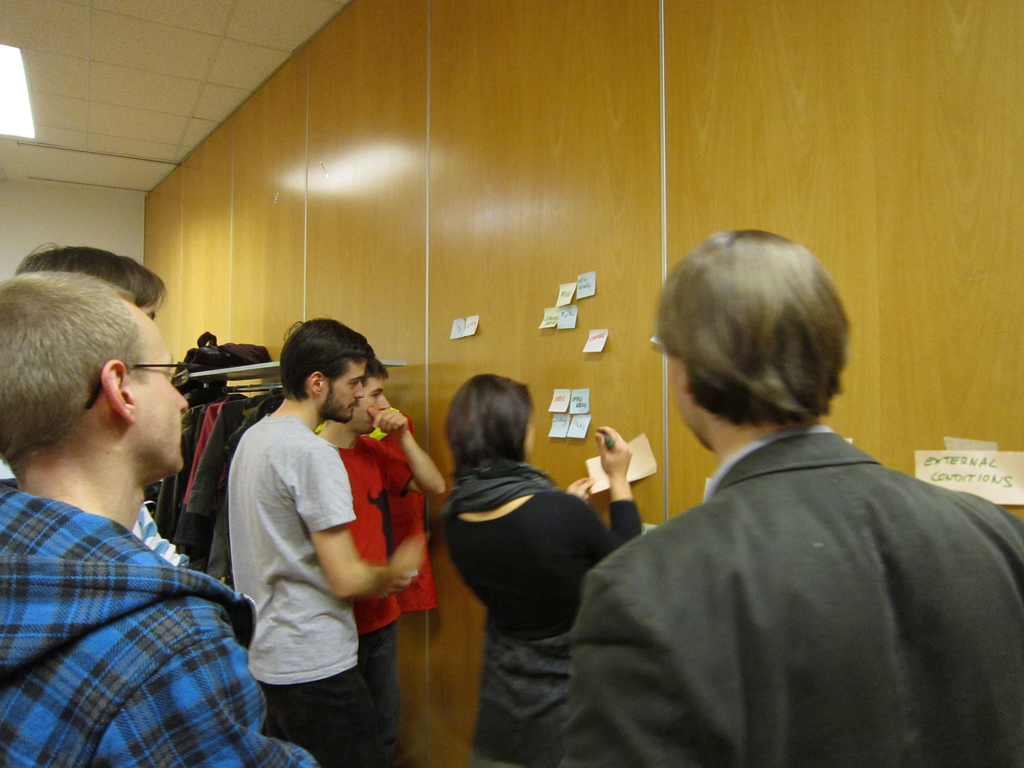

















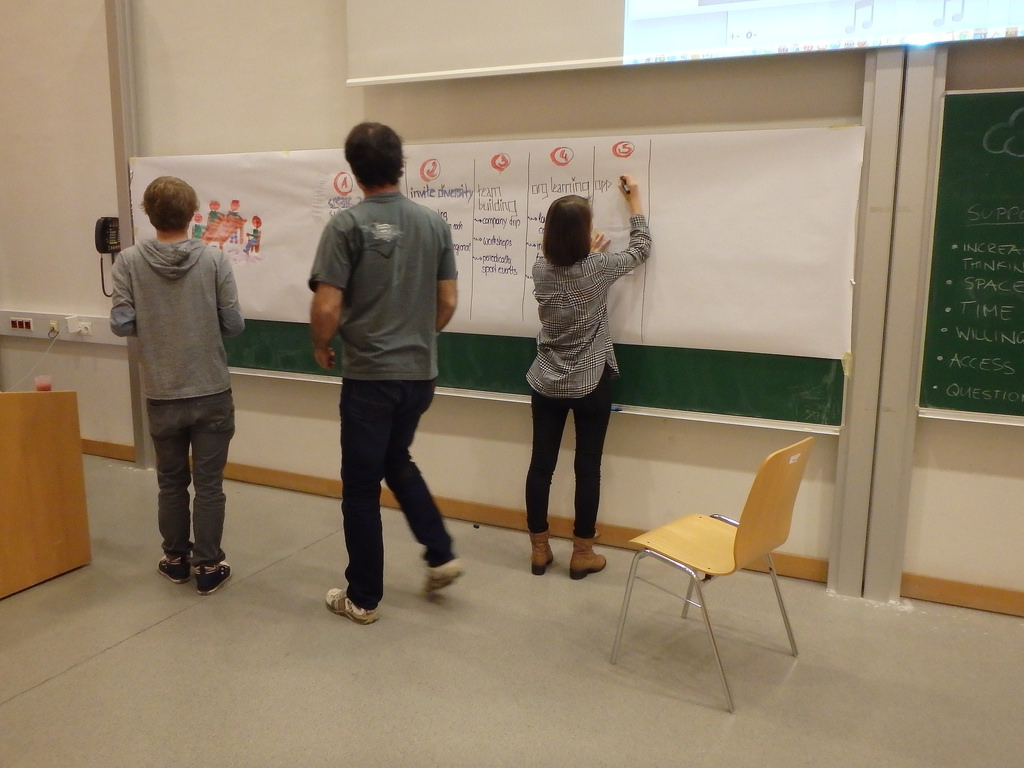

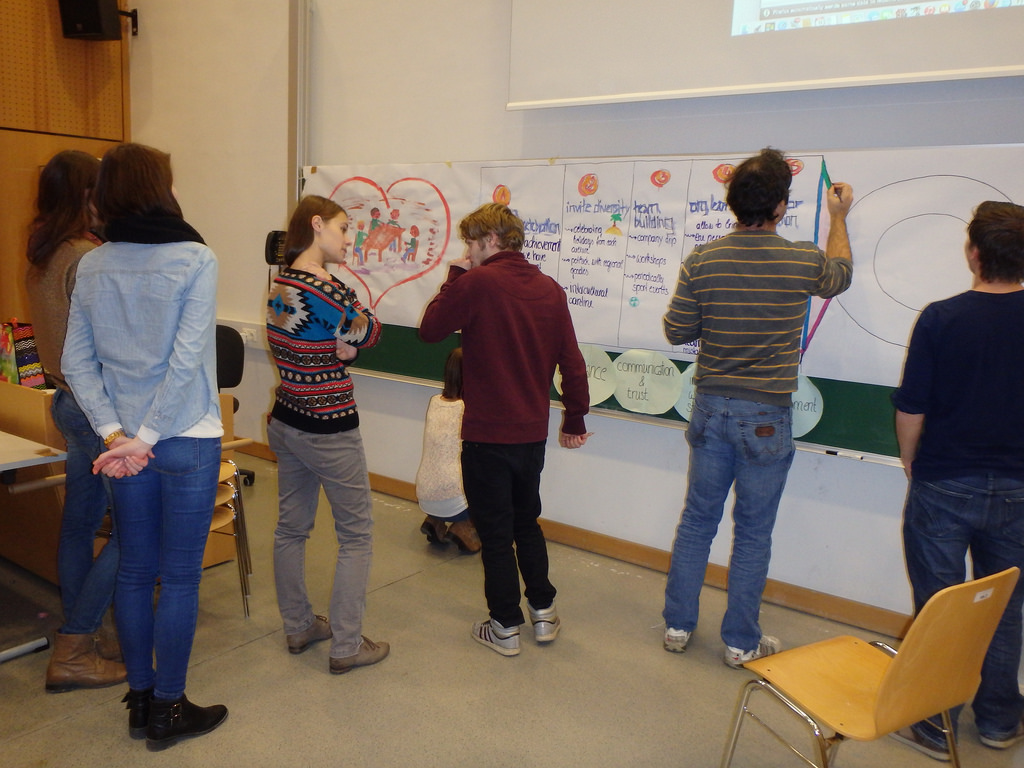


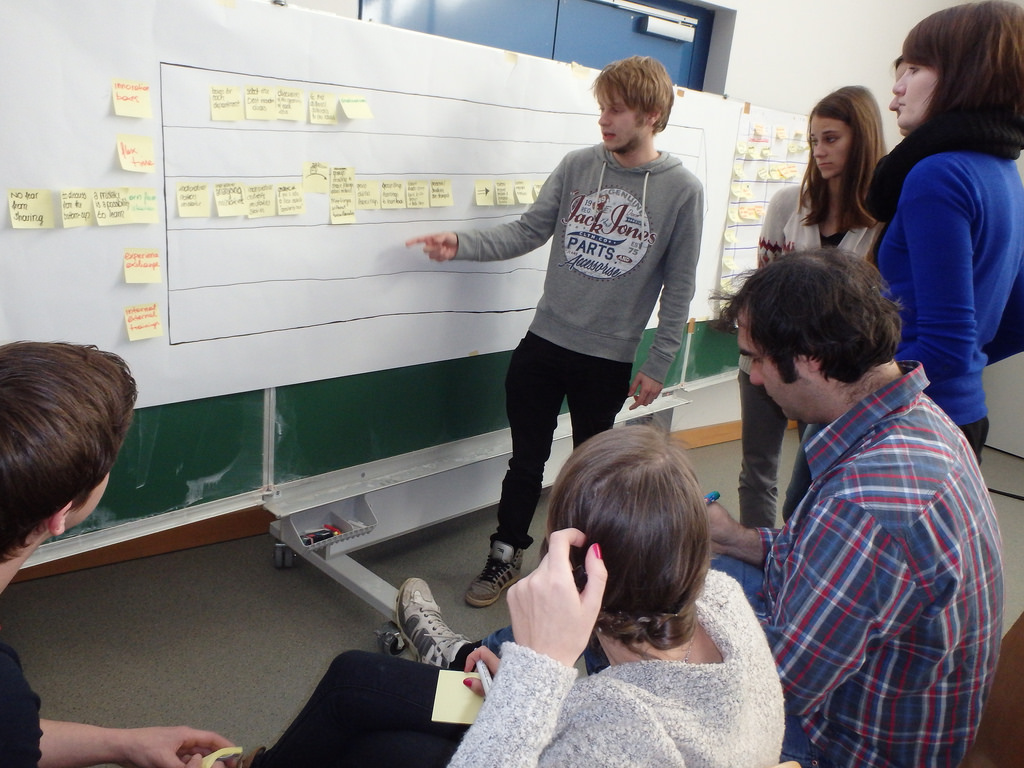


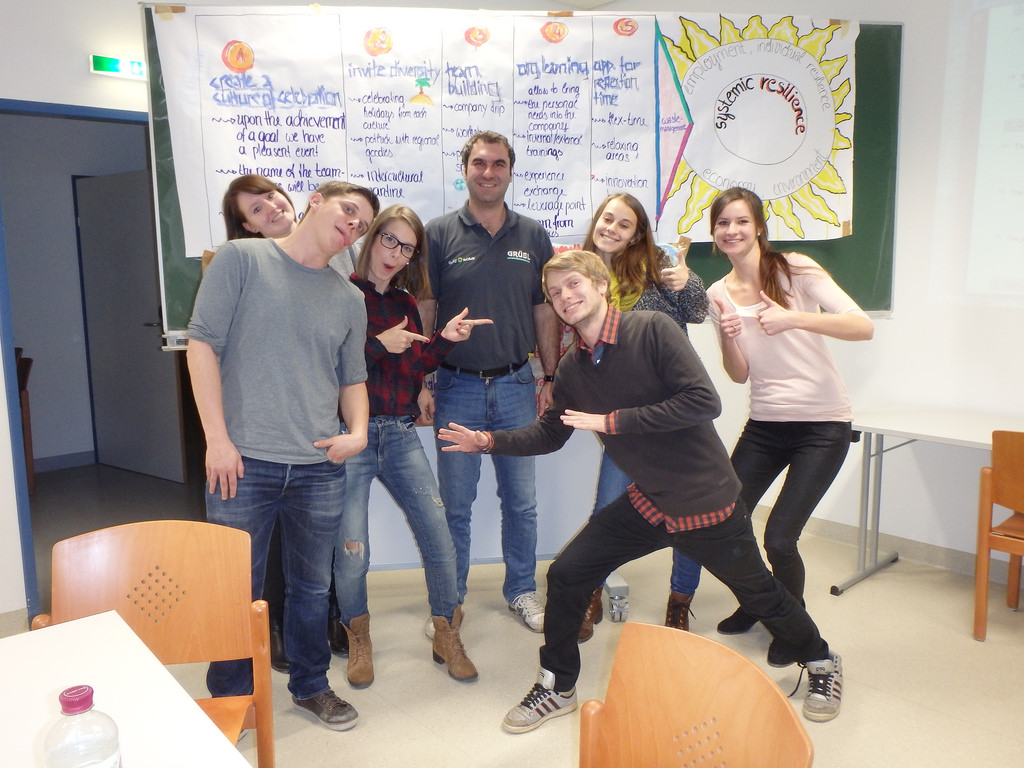








































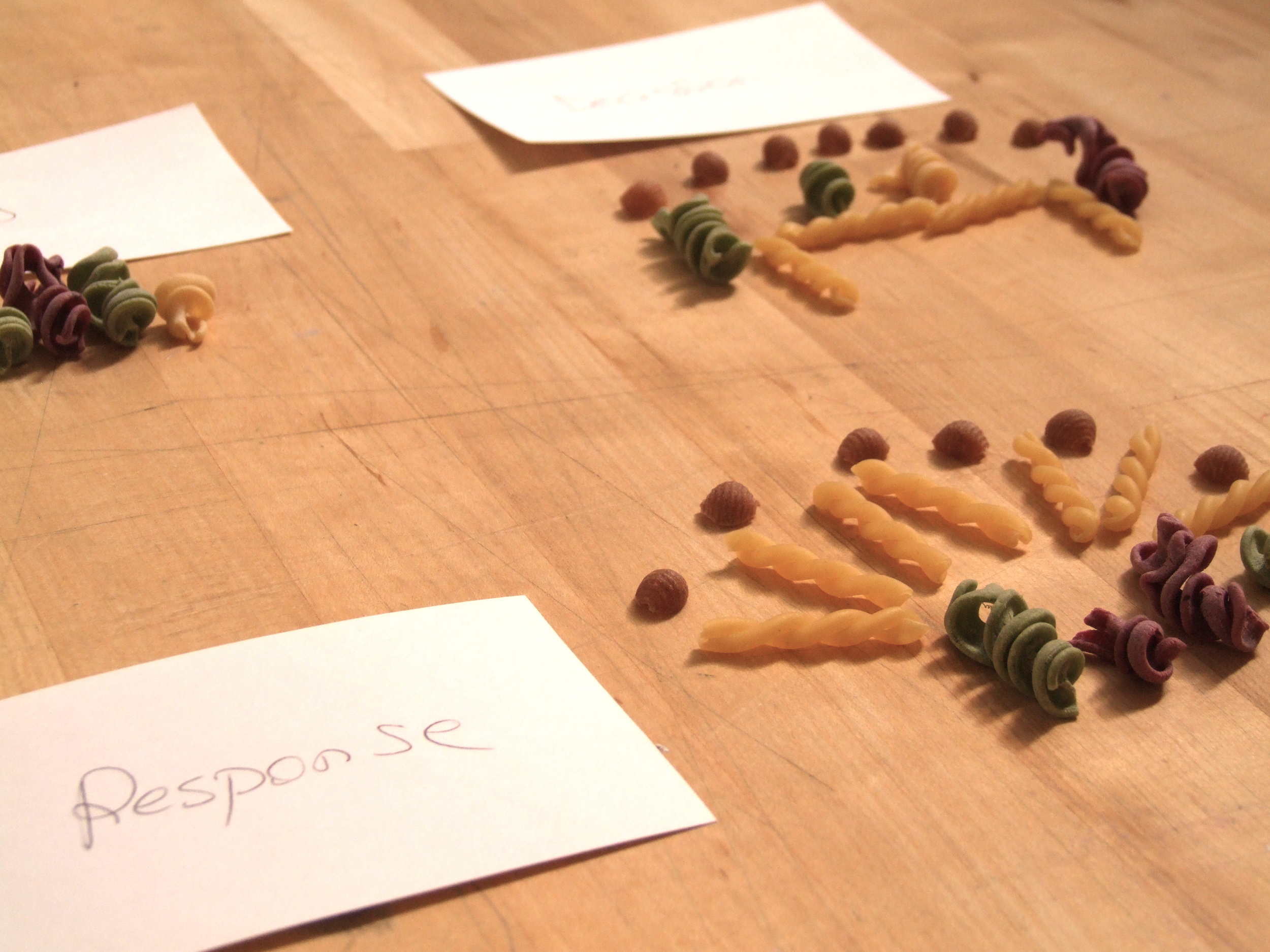



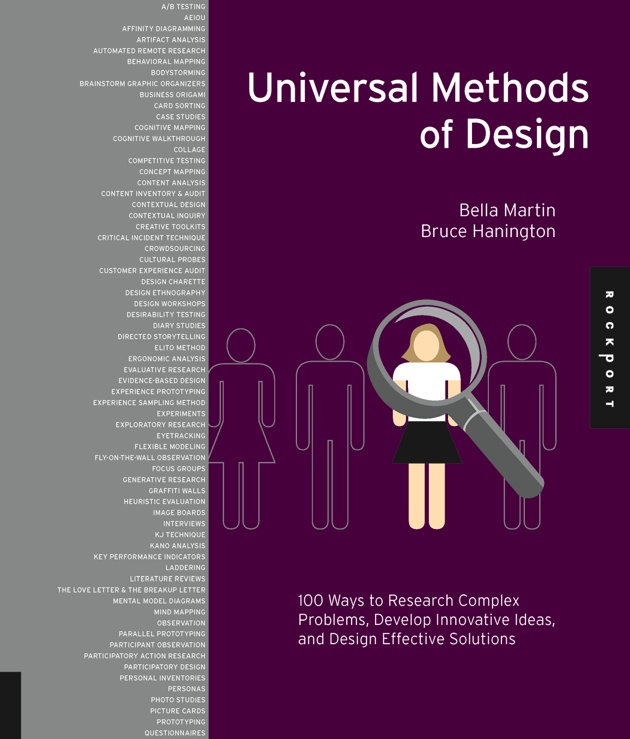

This issue of HBR🔗, offers several interesting articles that summarize the impact of design thinking (or design-driven innovation) in organizations:
• Design as Strategy🔗 by Adi Ignatius
• Design Thinking Comes of Age🔗 by Jon Kolko
• Design for Action🔗 by Tim Brown and Roger Martin
• How Indra Nooyi Turned Design Thinking Into Strategy🔗 by Adi Ignatius
• How Samsung Became a Design Powerhouse🔗 by Youngjin Yoo and Kyungmook Kim